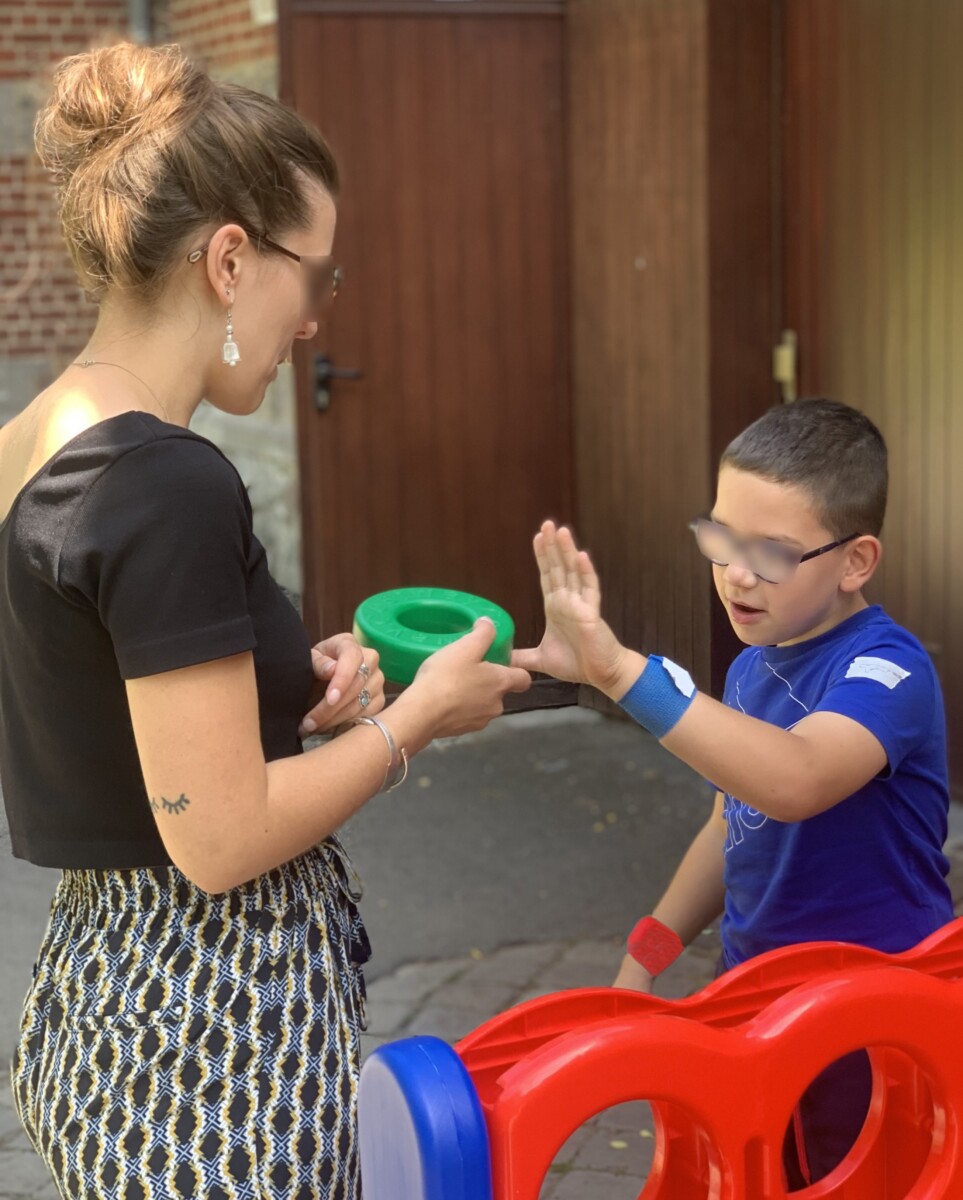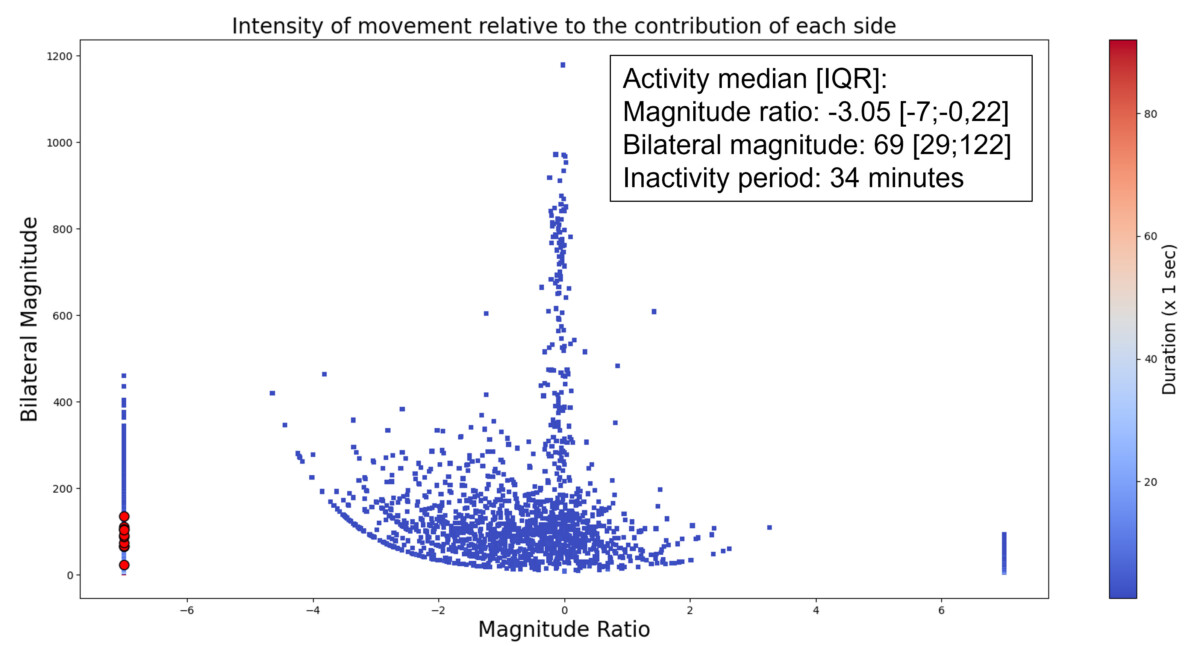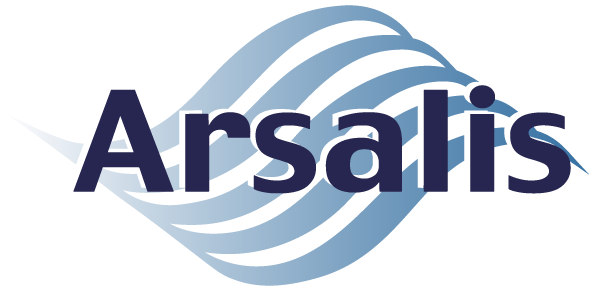FRITE@Home project update:
Introduction of IMU
08 APRIL 2024
Introduction
The FRITE@Home project aims to assess the effectiveness of the HABIT-ILE method at home. Rehab-scales are used to follow up patients along their rehabilitation at home. It offers an accurate assessment of the patient activity however self-report questionaries can be subject to some bias due to multiple reasons such as cognitive impairment due to stroke, social desirability, …
IMU proposition
Arsalis proposed the addition of a complementary solution to evaluate physical activities during the HABIT-IL therapy. The proposal involves the development of Inertial Measurement Units (IMUs) to monitor physical activity (PA), a method whose efficacy has been demonstrated in existing literature. This implementation would provide quantitative insights into patients motor performance throughout therapy.
The IMUs aim to achieve three primary objectives:
- Quantify manual activity over a 6-hour therapy session.
- Distinguish between unimanual and bimanual activities.
- Determine posture (sitting or standing) and locomotion type (walking or running).

To address these objectives, three IMUs per patient are deemed adequate. Two IMUs are affixed to each wrist to monitor manual activity, while one IMU is placed on the thigh to assess posture and locomotion.
Algorithm
An algorithm designed to assess manual activities has been developed and is currently undergoing validation. It addresses the first two objectives by quantifying manual activities and distinguishing between bimanual and unimanual activities. This is achieved through the computation of two indicators already established in the literature: bilateral magnitude and magnitude ratio[1].

By plotting these indicators on a density plot, the algorithm enables determination of the patient’s tendency towards the use of one hand over the other. Additionally, computing the median of the magnitude ratio allows for evaluation of which hand is predominantly used. A median value close to 0 suggests that both hands are utilized in similar proportions.
Preliminary result
In this scenario, the algorithm was applied to a brief recording session lasting 90 minutes, during which the patient was engaged in manual activities for 56 minutes (34 minutes of inactivity). The median magnitude ratio recorded was notably negative, at -3.05. This indicates a clear inclination towards using the non-paretic hand. The high level of asymmetry observed in the plot visually supports this interpretation.

Conclusion
IMUs provides additional information which can be valuable to therapists in evaluating the impact of therapy on patient rehabilitation. Development of Arsalis IMU is ongoing and is promising for the assessment process in rehabilitation.
References
- Bailey, R. R., Klaesner, J. W., & Lang, C. E.
Quantifying Real-World Upper-Limb Activity in Nondisabled Adults and Adults With Chronic Stroke.
Neurorehabilitation and neural repair, 29(10), 969–978. doi: 10.1177/1545968315583720. Epub 2015. PMID: 25896988.
